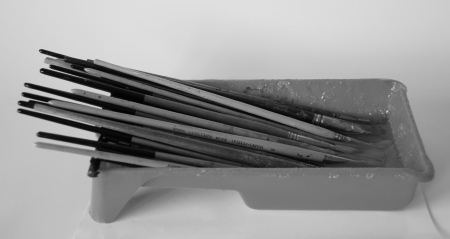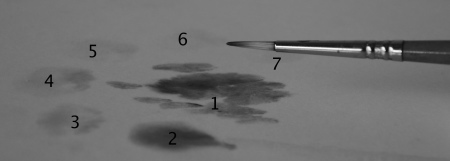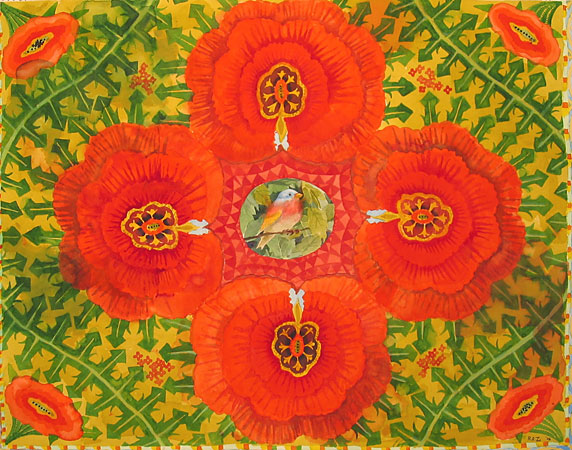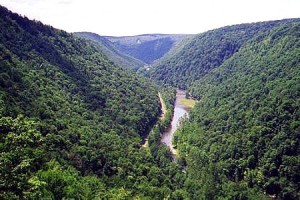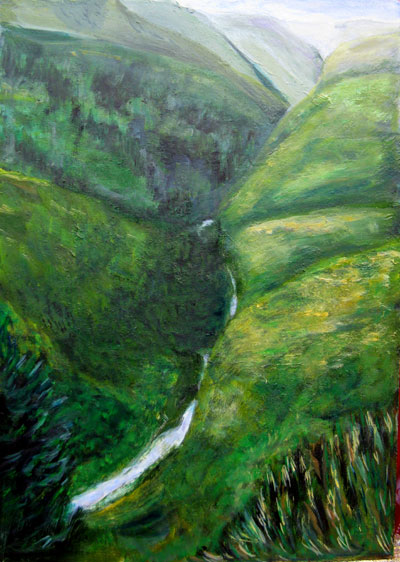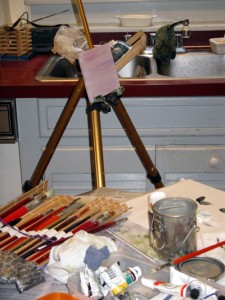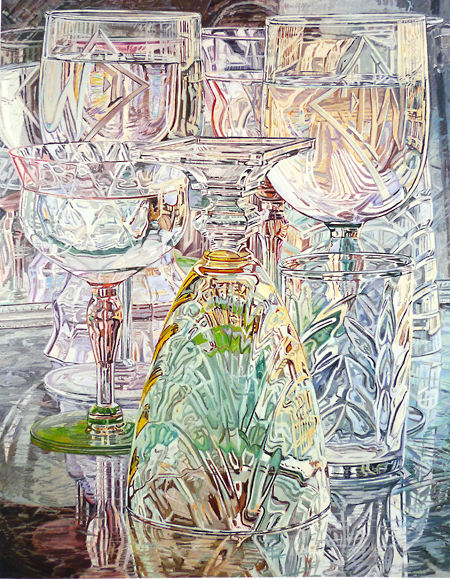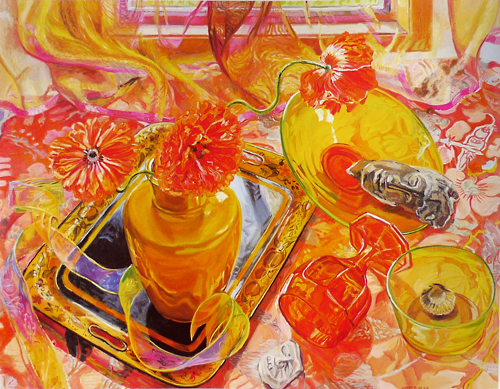Do you use turpentine? Do you wish you didn’t have to? I can use turpentine in the studio in winter, with the windows closed, but it’s not something I would like to do every day. Turpentine, even a small amount, can give me a headache. I am happy that turpentine (or some other organic solvent) is not a normal part of my oil painting technique.
Turpentine has two basic roles in modern painting: as a thinner for the paint to allow a flowing application, and for the purpose of cleaning brushes.
However, turpentine did not play that important a role in the history of Western Art. Certainly it was not much used before the 18th century, so painters before then (like Jan van Eyck and Rembrandt) must have gotten by without the turps.
But how could they work without turpentine? I learned, through reading translations of old manuscripts, and looking at paintings depicting artists at work, that the old masters used a different approach to cleaning and storing their brushes. For both purposes, they used linseed oil, the same oil they painted with. As to how to apply paint without using turpentine, I’ll write about that in another post.
Here is how I store my oil painting brushes in a tray of linseed oil.
I discuss storing brushes in linseed oil in more detail on my own website.
Cleaning brushes with linseed oil is fast and easy (again, the linked page goes into more detail).
A big advantage to this approach: it permits me, in a crunch, to clean up a painting session quickly by putting the unwashed brushes back into the linseed oil. This is not the way to treat brushes well, because they will eventually dry under oil, so I make sure to clean them the next day, but it does buy me flexibility in my work schedule. This kind of flexibility sometimes is the difference between painting and not painting.
Safety tip: Keep in mind, linseed oil releases heat as it dries in the presence of oxygen. Keep rags with linseed oil on them in a sealed metal container.
Would you paint more if you didn’t have to use turpentine? Would you paint more if you could clean your brushes more easily?
Other posts by Karl:
What does it take to be a dealer?
Fall of the Art World
Art school controversy
Is Art School Worthless?
